Once you have bought your first mountain bike, you naturally want to get on the trails right away. But before you can ride safely, you need protectors. But what exactly do you need to be prepared for the first crash? In this article we introduce you to all protectors for the mountain bike sport and show you which ones are especially important.
Half shell helmet
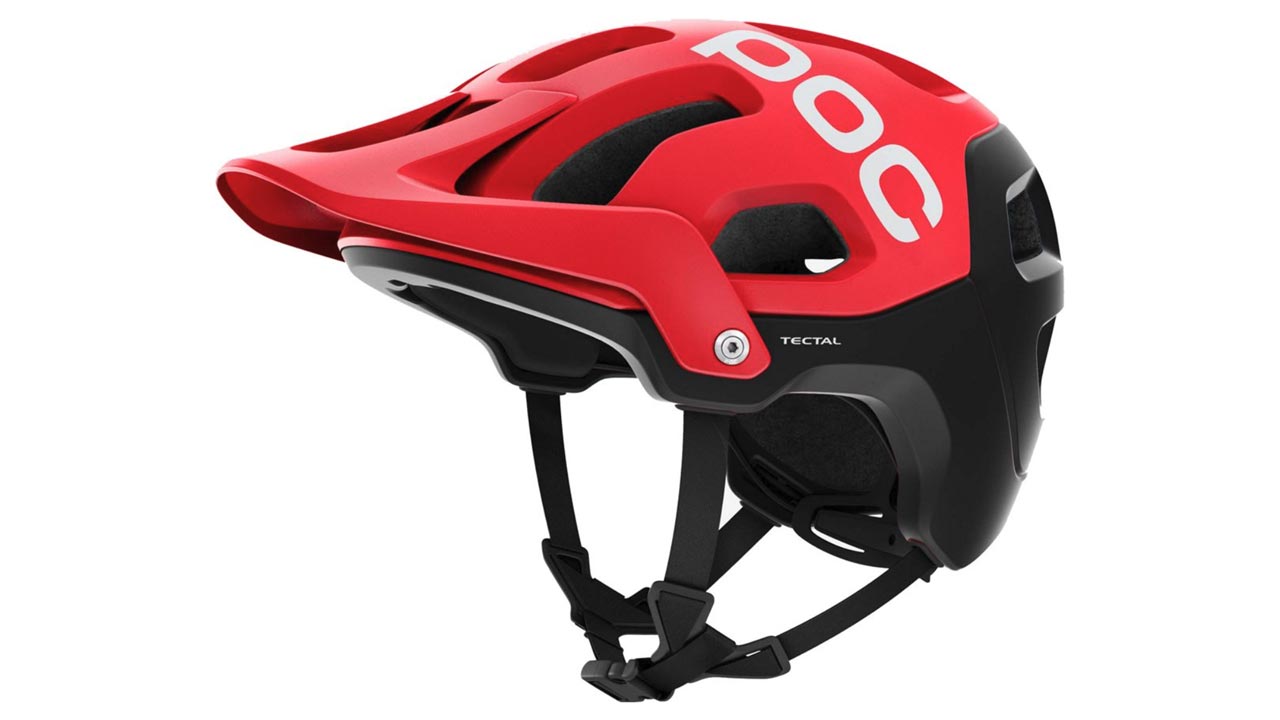
Let‘s start with the most obvious and probably most important part: your head. You can protect it with a half shell helmet or full face helmet. The half shell helmet should already be familiar to you.
You will enjoy the following advantages with this helmet: light weight, enough air during the descent, suitability for everyday use and compactness.
Disadvantages: If you fall in rough terrain, you can suffer serious injuries to your face. Make sure that you pull the helmet all the way down to your forehead, as this is where you can get the most serious injuries. This type of helmet is best suited for cross country, allmountain and enduro riding.
Fullface Helm
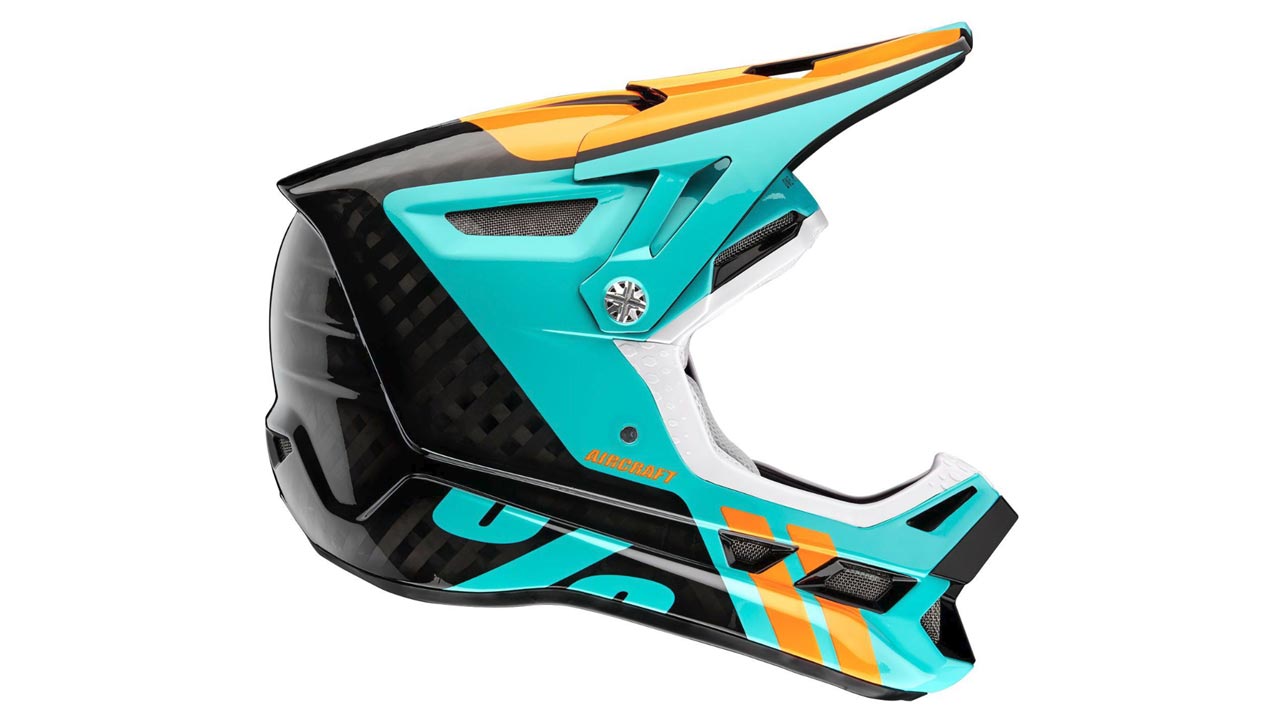
The advantages of a full visor helmet are: extremely high safety! The helmet offers a high impact resistance to each side of your head and protects your complete head except your nose. So perfect for downhill and freeride rides. Another advantage is the perfect combination with a goggle.
Disadvantages: High weight, worse air circulation compared to the half shell and the partly higher price.
Goggle

We continue with the downhill glasses, also called goggle. Many think that a goggle only supports the style factor. But this is not true. Downhill goggles can prevent injuries. Be it stones that fly into your eye when you ride, sharp branches lurking on the trail or a windy, rainy day that makes your vision so difficult that the risk of falling increases enormously. Ideally you have a dealer near you where you can test different goggles.
Upper body protector
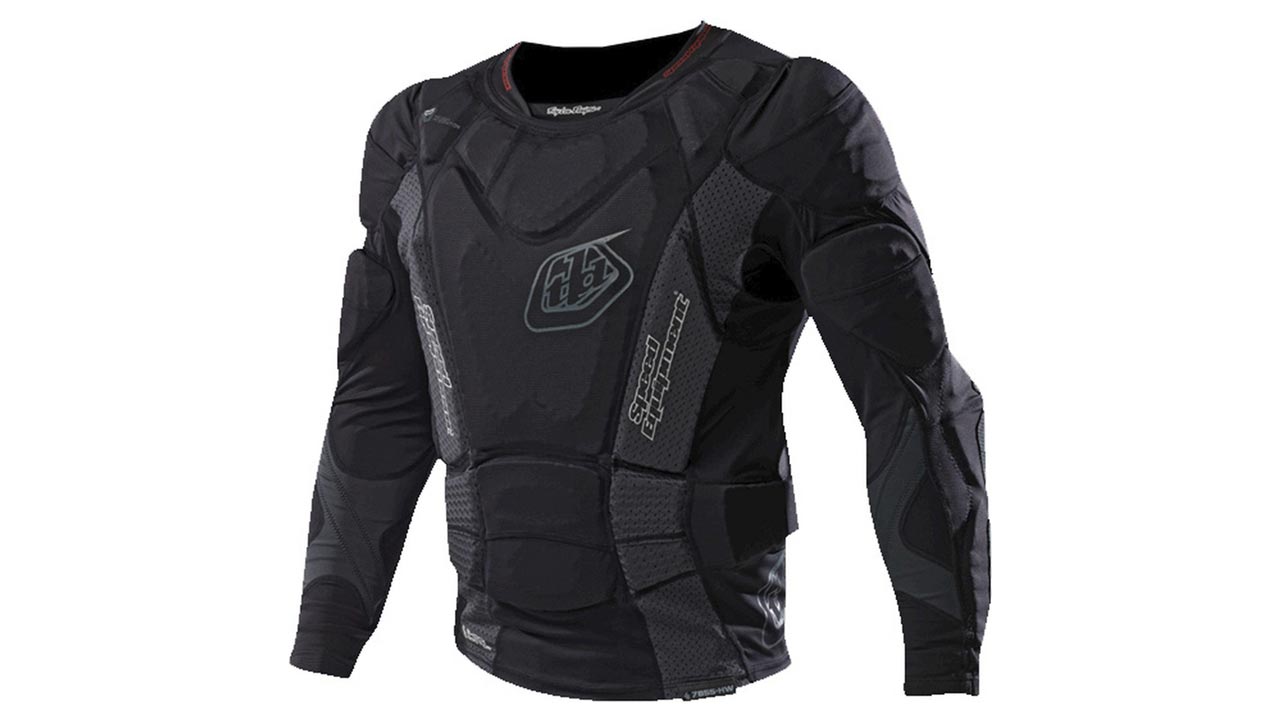
This brings us to the next protection area. Your back. As the saying goes: even a back can be delightful. So that your back continues to be delightful, you should protect it on every descent. We even say that the back protector is at least as important as the helmet. Upper body protection comes in all kinds of designs. For a start, a protector jacket is the best choice. This includes back, chest and elbow protectors. For experienced bikers there are light protector vests. Although they do not offer the same protection as an upper body protector, they are hardly noticeable under the jersey and are also suitable for longer rides.
Knee / elbow protectors
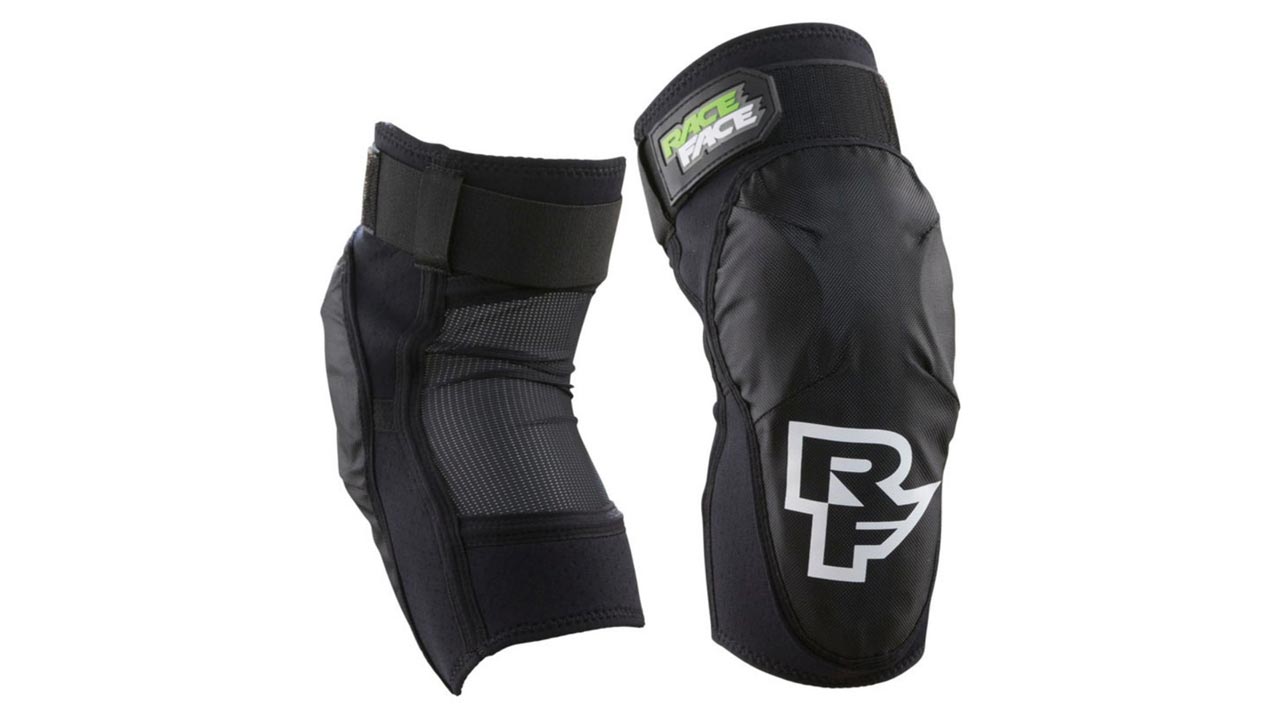
After we have covered the upper body and head, only one important joint is actually missing: your knees. The knees are usually affected with every fall. Since you need your knee for riding you‘ll fall on it regularly. You should look for some proper protectors. We differentiate between knee pads only and models with built-in shin guards. We prefer the pure knee pads. These offer more comfort and also look more stylish. For shin protection we use the Shin Pro socks from Platzangst. These are mountain bike socks with built-in shin guards. Super comfortable to wear. No matter if knee and/or shin guards, there are basically two different types. Foam and hard plastic. Foam protectors are softer and more comfortable, which is why they are particularly suitable for long enduro tours. Hard plastic protectors are less flexible, but provide a higher level of protection. Same rules for elbow protectors.
Neckbrace
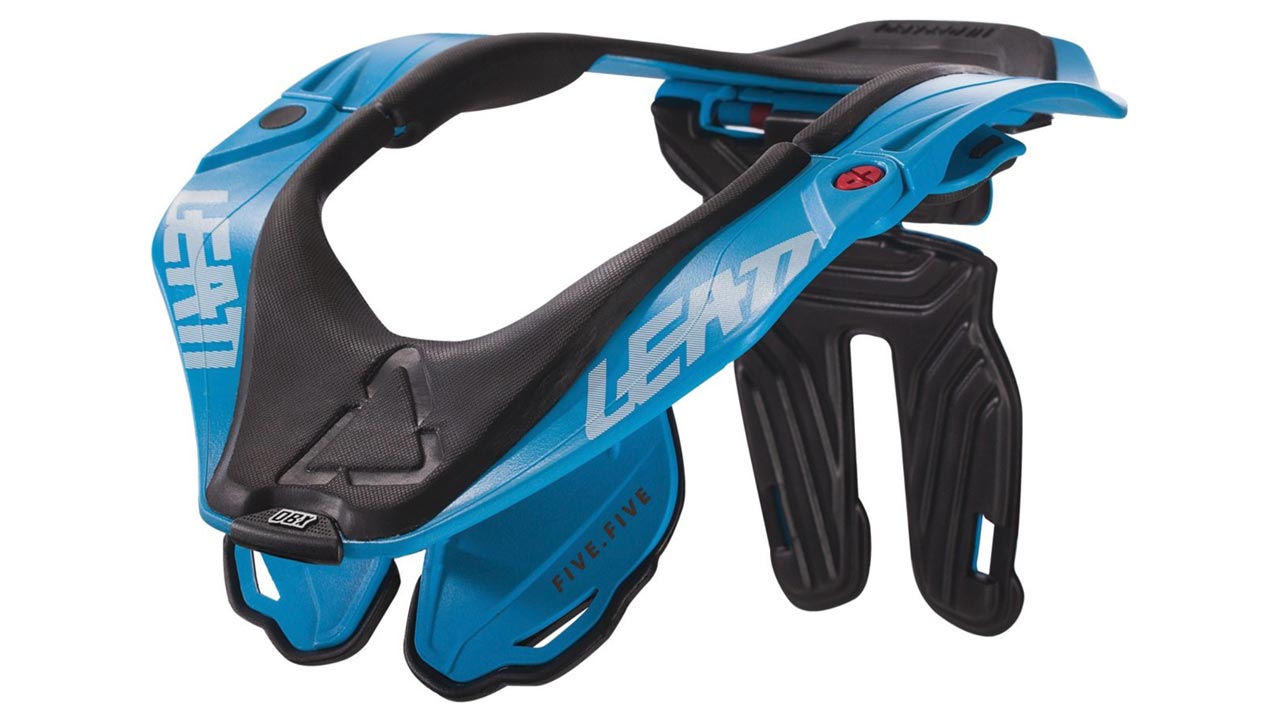
Under the helmet is the so-called neck brace. The opinions about this construction are divided. Many claim that a brace can sometimes improve injuries. Others claim it was their lifesaver. Basically a neck brace helps against overstretching your neck, which can lead to a broken neck in the worst case. Please note that you should always wear a neck brace over your back protector. Several reports show that in case of a hard fall you run the risk of the neck brace damaging your spinal cord.
Downhill shoes

Finally, I would like to make a recommendation for your hands and feet. Since you will hit your hands almost every time you fall, it is recommended to wear gloves. Here you can choose between the light version and a more stable version, which offers extra protection for your ankles.
Even if many people would not count the shoes as protectors, we would like to list them here. On one hand the sole of downhill shoe offers a very high grip on flat pedals, which minimizes the chance of falling. On the other hand, there are actually shoes with reinforced steel toecaps. This can quickly become an advantage in stony terrain.
Especially for the beginning we recommend that you equip yourself completely. Falling belongs to the sport, like amen in church. Only by falling you learn and that makes you a better rider in the end.


